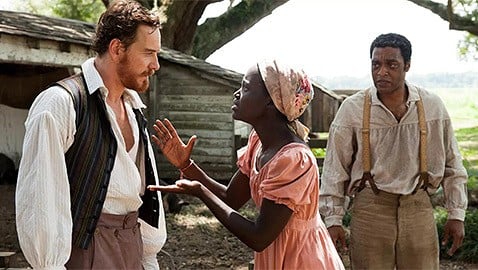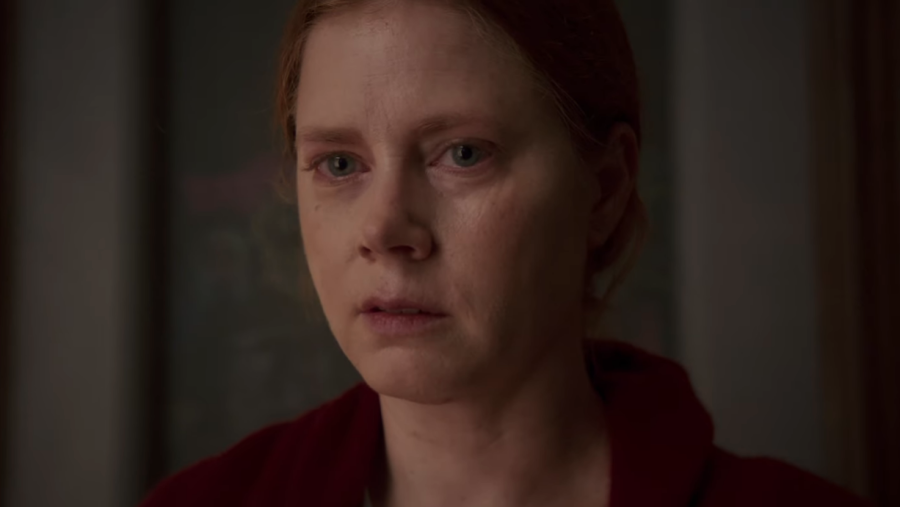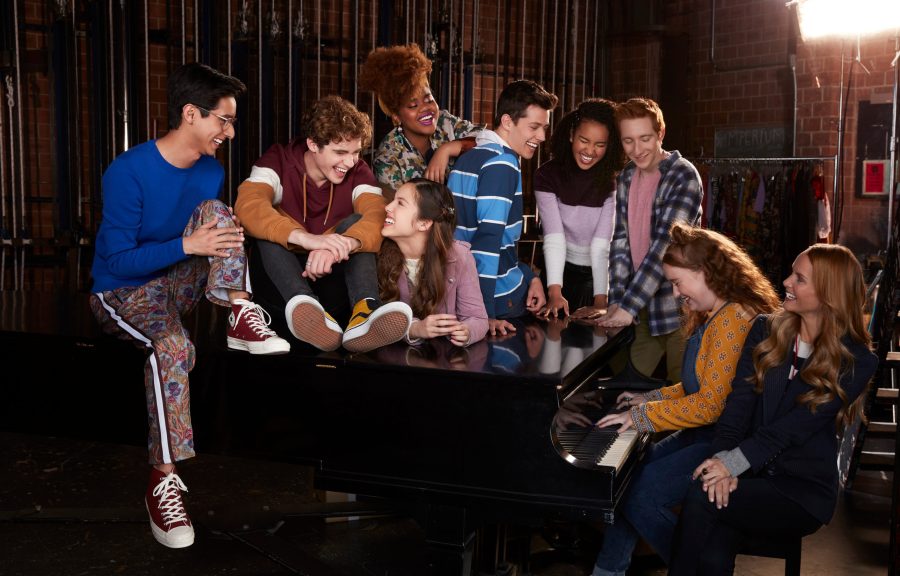 Directed by Steve McQueen
Starring Chiwetel Ejiofor, Michael Fassbender, Brad Pitt
Rated R
Release Date Nov. 1
Directed by Steve McQueen
Starring Chiwetel Ejiofor, Michael Fassbender, Brad Pitt
Rated R
Release Date Nov. 1
The potential Oscar contender offers vivid, brutal depictions of slavery in the 1850’s
What the U.S. history books never told you, “12 Years a Slave” will show you. The third feature film from British director Steve McQueen (“Hunger,” “Shame”) has already been dubbed a frontrunner for Best Picture by enthusiastic critics. The screenplay, adapted by John Ridley (“U Turn,” “Three Kings”), is based on the 1853 autobiography of Solomon Northup, “Twelve Years a Slave,” which recounts his experience as a free black man living with his family in New York before he is suddenly is forced into slavery. The film is an immersive depiction of the institution of slavery, the dehumanization of human beings and the diseased social order that has plagued the American collective conscience for centuries.
Northup, portrayed by British actor Chiwetel Ejiofor (“American Gangster,” “Children of Men”), whose dignified and refined manner truly anchors the film, is living in Saratoga Springs with his wife and two children in 1841. A wonderfully talented musician, he is respected by his peers, moves along gracefully in society and is a proud family man. In a Fox Searchlight interview, McQueen explained his choice of this particular characterization, stating that he “wanted [Northup] to be everyone in the audience.”
One night, however, he is lured under false business pretenses, drugged and kidnapped. He wakes up in a dark dungeon, chained and beaten, and is transported from New York to the southern states. Eventually ending up in Louisiana, Northup spends the following dozen years with three different slave owners, each of them exercising their particular form of sadistic abuse. With the incredible depth of his soul and his unbreakable spirit, Northup struggles to survive his enslavement with his mind intact. Upon witnessing the deteriorating mental (and physical) states of the other slaves, he unwaveringly proclaims, “I don’t want to survive — I want to live.” Ejiofor gives a brilliant performance and will likely be a Best Actor contender.
The film has garnered attention not because of the subject matter, but because of how the subject matter is approached. McQueen is able to maintain an unwavering, almost fearless, gaze at scenes of horrifying cruelty and heartbreaking injustice, where the human spirit is compromised to the utmost extent. As evidenced by his previous films, which include 2008’s “Hunger” about the 1981 Irish hunger strike and 2011’s “Shame” about a man tormented by his sexual addiction, there is no denying the fact that McQueen has an extraordinary eye for striking composition. Like his past works, “12 Years a Slave” features exaggeratedly long shots that bring an almost unbearable intensity. After one particularly brutal punishment, Northup is left hanging from a tree with a noose around his neck, wheezing and trying to maintain his balance with one foot just barely touching the muddy ground. In a limbo between life and death, McQueen once again demonstrates his mastery over the painfully lingering shot. Also notable are the dramatic close-ups: Whether it is the wild eyes of the malevolent alcoholic Edwin Epps (Michael Fassbender), or the constant melancholy in Northup’s expression, the cast is photographed so that their emotion becomes palpable.
Cinematographer Sean Bobbitt, who worked with McQueen on both “Hunger” and “Shame,” captures the softness of the golden afternoon sun through the large willow trees surrounding the plantations. If only for a moment, the audience is able to forget the horror that takes place on those properties. Furthermore, the sound evokes the era of “Uncle Tom’s Cabin” with solemn harmonies of call-and-response work songs, the wind blowing through the Spanish moss-clad oak trees and the bone-chilling sound of a whip colliding with human flesh.
It is curious to think that, although slavery in the U.S. lasted for centuries, relatively few images of it are accessible to the public. Sure, there’s the calculated Hollywood biopic “Lincoln” and the aggressive Tarantino theatricality of “Django Unchained.” However, what sets “12 Years a Slave” apart is a sober and artful portrayal not usually present in films dealing with slavery. It is not just a great film but a necessary one. Our greatest challenge thus remains — to tell the truth. This is what McQueen has achieved with this film. We don’t have to justify the subject matter — we just have to understand it. Although “12 Years a Slave” is difficult to watch, try to not look away.













